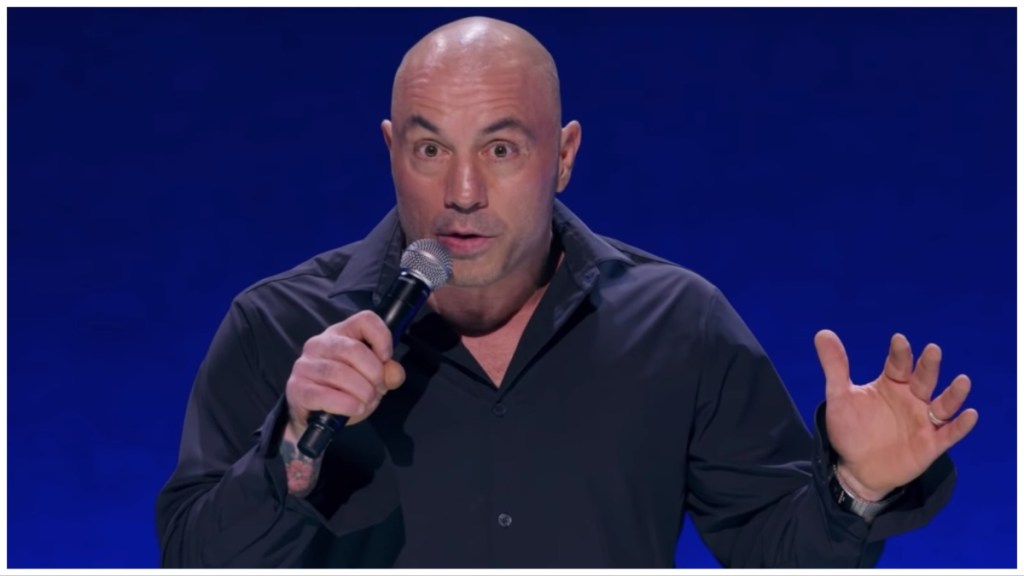For a movie so deeply focused on sound, there’s a bit of an arrhythmia to A Quiet Place: Day One. Michael Sarnoski directs his own screenplay, dabbling within this improbable sci-fi franchise to suit his interests. Despite the Pig director’s best efforts, he feels hindered by a studio assignment at the expense of aspirations for something a bit heftier. Perhaps unsurprisingly, there is common ground here with Sarnoski’s much-loved porcine revenge drama: a looming, existential despair is at the heart of both films, buoyed by a genuine and thoughtfully observed sweetness. He escapes the confines of being just a hired gun, but in the case of A Quiet Place: Day One, Sarnoski’s tender, apocalyptic character drama keeps getting interrupted by a bunch of pesky aliens.
Sarnoski’s specific take on the chaotic events centers Sam (Lupita Nyong’o), a patient at a hospice center outside of New York City who has ruefully resigned herself to death. Before the predators rain down in a fiery meteor shower, Sam is convinced by the hospice nurse (Alex Wolff) to attend a field trip to the city. She reluctantly agrees with the promise of getting some decent pizza (this is a prominent plot point, I promise), and day one of the cosmic calamity ensues. In the aftermath, facing death one way or another, Sam ventures from Chinatown to Harlem with the world’s most resilient service cat to get herself a decent slice of Patsy’s pizza.
It’s a simple, narrow scope that mostly serves the film well, both in terms of efficiency and emotion. Sarnoski and his Pig cinematographer Pat Scola take full advantage of their on camera talent. We’re immediately introduced to the magnetic contours of Lupita Nyong’o’s face, in all of its glorious expressiveness. Awash with an alarming, gaunt pallor amidst her ailing health, her visage is the film’s best asset. The actor seemingly invents new facial muscles to express every manner of nuance with a glance, sneer, or furrowed brow. It can’t be overstated what an effective, welcome and criminally underused screen presence Nyong’o has become. Spending the film’s 99 minutes with her is a gift in itself. No disrespect to Joseph Quinn’s Eric––a bit of panicky deadweight Sam picks up along the way––but the two rarely speak and she blows him off the screen.
The fixed view on the unlikely travelers works wonders when Sarnoski patiently unfolds more intimate beats, but the danger swirling around is slightly undercut when you realize the narrow framework protects them from anything truly perilous. A curious sensation like Sam Mendes’ 1917 comes to mind––wherein the events on screen are fraught with chaos and yet the lens renders everything perfectly safe because the narrative doesn’t give you anywhere else to go. In the instance of Sam and Eric, any imminent doom loses its bite when you realize that they couldn’t both die, especially when one is basically almost dead anyway. While this intimacy betrays the thrills of nearly every set piece, Sarnoski is clearly less interested in using death as the stakes than the notion of dying on one’s own terms––which is at least a tad more provocative than anything the first two films have offered.
That’s not to say the film is devoid of thrills, or that Sarnoski doesn’t have the faculty for them (the action is, for what it’s worth, very cleanly staged). However, not unlike the first two entries, the rules around how these creatures function, and the threshold of their hearing remains muddy at best. That’s to say nothing of the film glossing over its core concept––how would a famously loud metropolis react at the onset of such a catastrophe? We’ll never know, because after the initial impact, the film’s title card thrusts us ahead an indeterminate number of hours, and a few survivors have figured it out already. This is outright impossible. Try telling a New Yorker to be quiet even when there isn’t a giant monster snarling in their face.
This kind of incongruity just serves to highlight that Sarnoski is more interested in a dying woman and a law student looking for a snack in the apocalypse than he is with the creatures that caused it, which is possibly the best-case scenario. A bit uneven, sure, but it allows A Quiet Place: Part One to bask in the immense talents of its star, doing what it can to cull real pathos and comfort from very relatable anxiety. If the world is fully spiraling toward imminent collapse, maybe the best you can hope for is weathering it on your own terms with a friend, a pet, and a good slice of pizza.
P.S. Manhattan’s best slice is not Patsy’s, it’s Joe’s Pizza in the West Village.
A Quiet Place: Day One opens on Friday, June 28.
The post A Quiet Place: Day One Review: A Tender, Uneven Franchise Origin Story of Existential Despair first appeared on The Film Stage.





